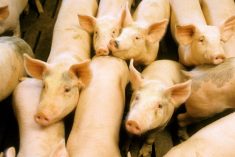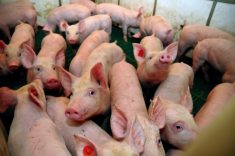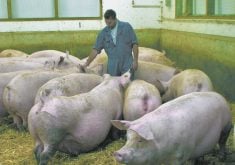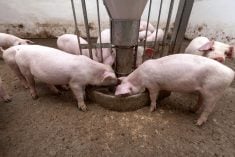Glacier FarmMedia – Canada and Europe have agreed to new zoning arrangements in case African swine fever is discovered in Canada, but it’s not clear what will actually change.
Minister of Agriculture and Agri-Food Marie-Claude Bibeau made the announcement in early July. The agreement would allow for safe trade of swine products from disease-free zones if a case of ASF is found.
Zoning principles applying to ASF were already in place with the EU through the Canada-EU Comprehensive Economic and Trade Agreement (CETA). A federal news release said the new agreement will be an “additional step forward in international collaboration” but did not elaborate.
Read Also
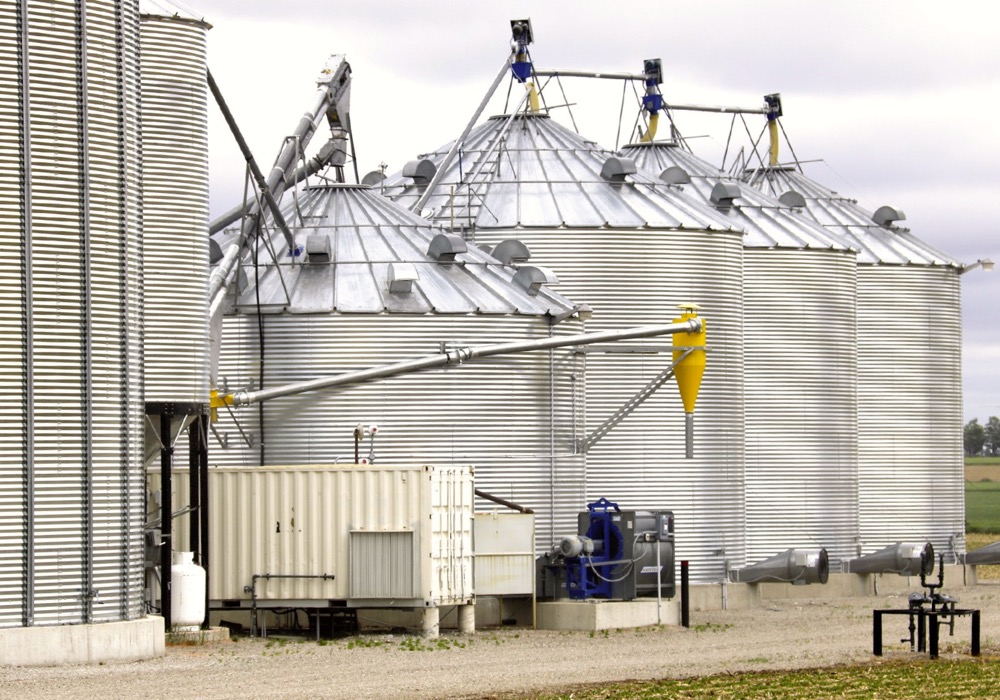
Ontario Agricultural Stewardship Initiative third intake opens in August
Ontario’s Agricultural Stewardship Initiative (ASI)$3 million cost-share program intake opens on Aug. 13 at 9 a.m., helping agriculture, agri-food, and agri-based businesses improve energy efficiency and increase competitiveness, sustainability, and productivity.
The announcement comes on the heels of a similar agreement with the United States. In May, federal officials from Canada and the U.S. worked to modify export certificates to allow trade of live swine, swine semen, pet food and animal byproducts to continue, in the case of an outbreak, through the use of zoning principles.
In May, a spokesperson for the Canadian Food Inspection Agency said that in the Canada-U.S. agreement, a zone was defined as an “area of control” composed of a central, infected zone, likely around the affected farm or farms. One or more buffer zones would be declared around the infected area.
Efforts to eradicate the disease would be targeted at the infected zone. The outer zones would be subject to increased surveillance, restricted movement and other biosecurity measures.
“When the chief veterinary officer of the affected country is confident that the outbreak in an area of control is contained, he informs the chief veterinary officer of the unaffected country of the borders of the area of control. Then trade should resume from outside of the approved area of control,” the CFIA spokesperson said.
With files from Alexis Stockford. This article was originally published on the Manitoba Co-operator.






